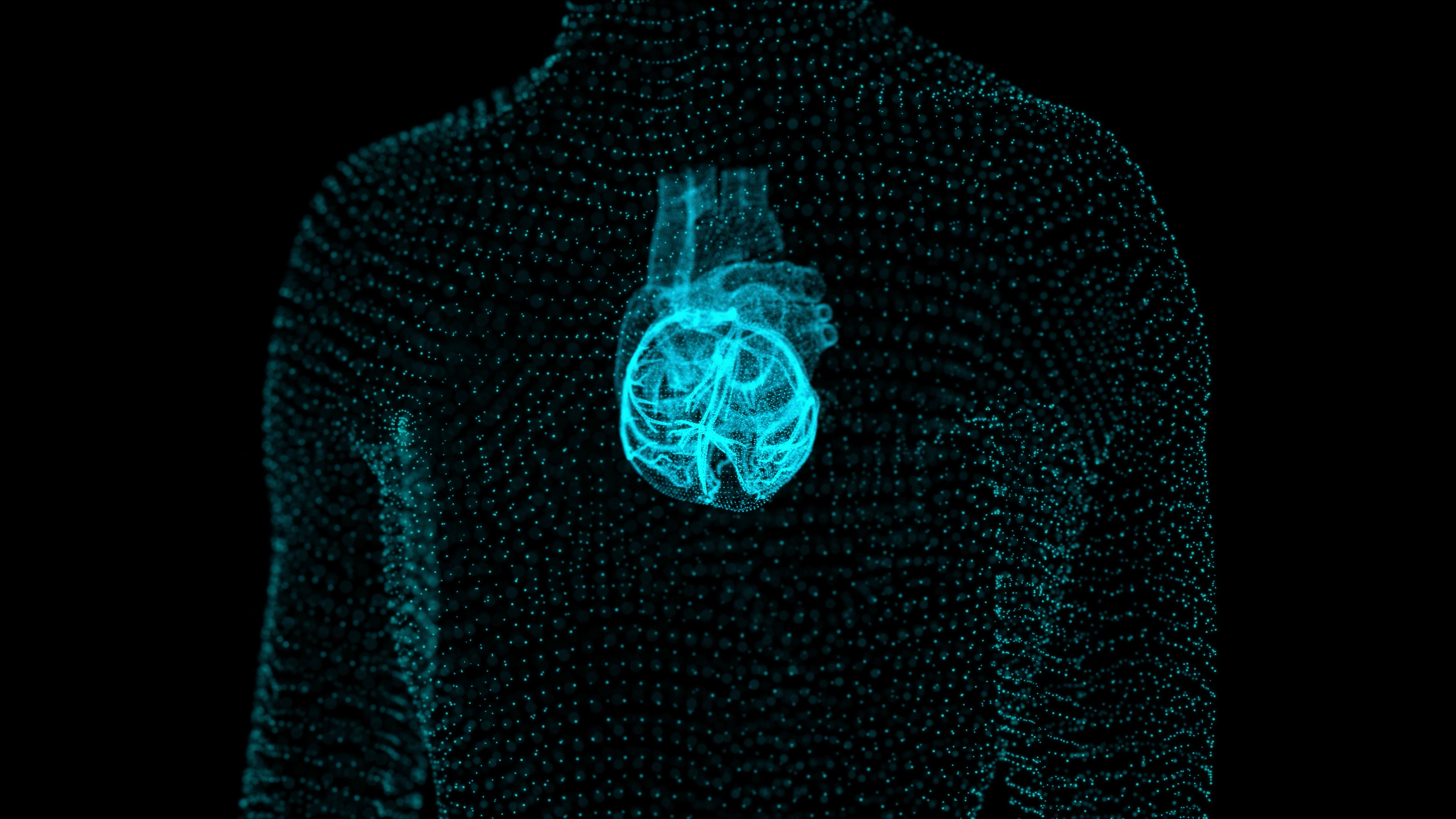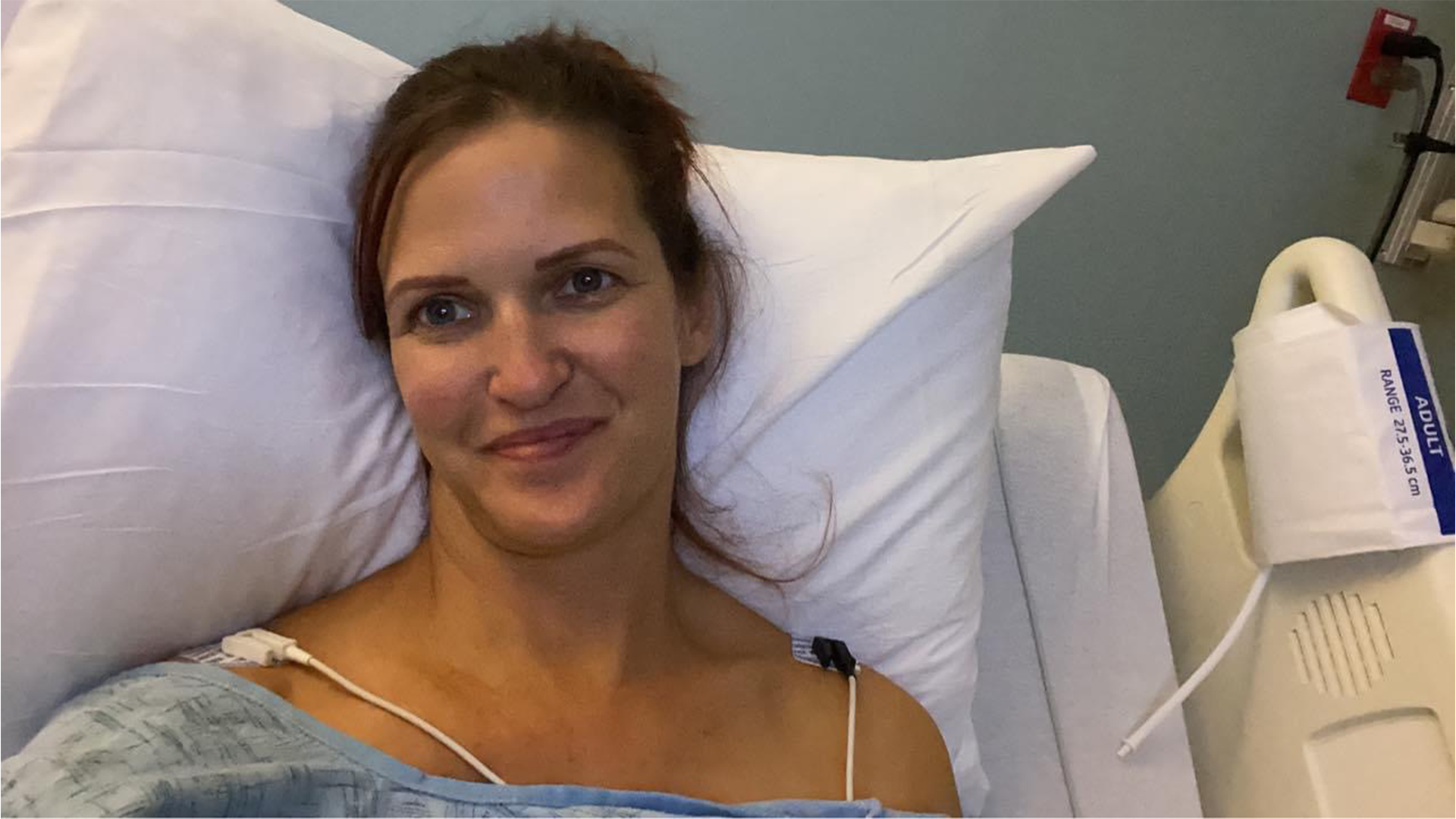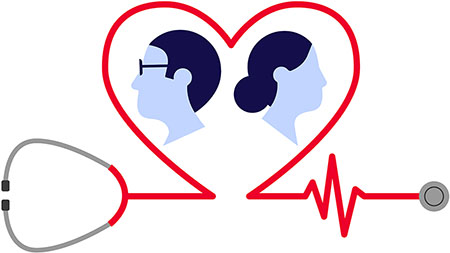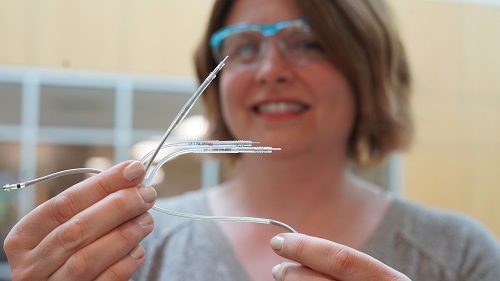How heart disease follows a different beat in men and women
Get to know the risk factors and symptoms of cardiovascular disease in women

Genetically, there’s virtually no difference between men and women – 98.5% of our DNA is the same. But evidence indicates that heart disease – the number one killer of both men and women – often develops and presents differently in women than men.
Heart disease kills more Americans than all forms of cancer combined.1 It’s the leading cause of death for both sexes but has killed more women than men every year since 1984.2 Yet fewer than half of women know heart disease is their number one killer,3 and that percentage of awareness is falling dramatically.4
Research points to three key reasons why heart disease is different for women than men.
Physiology
In general, women have smaller hearts and narrower blood vessels than men, so heart disease can progress differently in women.
Risk factors
Many key risk factors -- such as high blood pressure, high cholesterol, smoking, obesity and alcohol use --are the same across the sexes,5 However, other conditions specific to women also appear to impact their hearts, including menopause, endometriosis, preeclampsia, and gestational diabetes6,7 Research is also finding that emotional stress and depression, as well as family history of early heart disease, may impact women’s hearts more than men’s.8
Symptoms:
Heart disease encompasses a wide variety of conditions that affect the heart and its electrical system, and key symptoms are often the same for men and women.9 But there are also important symptomatic differences.
Take heart attack as an example. Chest pain is the most common symptom in both men and women. But women experience other signs of heart attack far more often than men such as:10
- Pain in the neck, jaw, throat, abdomen or back
- Sweating
- Fatigue
- Nausea
- Vomiting

‘Too many women die’
The night before Michelle Whitlock suffered a heart attack at age 45, she felt sick to her stomach and vomited. The next day, she felt stabbing pains in her left shoulder and cramping and numbness in that arm. Sweating profusely, she decided to call for help.
“If I hadn’t been educated on heart attack symptoms for women, I’m not sure I would have called 9-1-1,” she said. “The pain wasn’t in my chest. My message to women: know your family history, know the symptoms of heart attack in women. Too many women die from heart attacks because they don’t know how to listen to their bodies.”
One thing is universally true about heart disease for both men and women: 80 percent of cardiovascular disease is preventable11 and everyone can take steps in their everyday lives to reduce the risk such as:12
- Exercise and aim for a healthy weight
- Eat healthy foods
- Limit alcohol use and don’t smoke
- Know the symptoms of heart attack and stroke
- Know your blood pressure and cholesterol numbers
- Know the symptoms of heart attack and stroke
1 https://www.heart.org/-/media/PHD-Files-2/Science-News/2/2022-Heart-and-Stroke-Stat-Update/2022-Stat-Update-At-a-Glance.pdf
2 https://www.goredforwomen.org/en/about-heart-disease-in-women/facts/causes-and-prevention-of-heart-disease
3 https://www.goredforwomen.org/en/about-heart-disease-in-women/facts
4 https://newsroom.heart.org/news/heart-disease-awareness-decline-spotlights-urgency-to-reach-younger-women-and-women-of-color
5 https://www.cdc.gov/heartdisease/risk_factors.htm
6 http://secondscount.org/treatments/treatments-detail-2/risk-factor-modification-lifestyle-changes-women-c?gclid=Cj0KCQiA_bieBhDSARIsADU4zLesKePK8PDMv3-f-4s_SVPMNk1gI1S2EXo7yo9e1SaUREQtqkklF5AaAnWUEALw_wcB#.Y87G33bMJPY
7 https://brighamhealthhub.org/heart-disease-7-differences-between-men-and-women/
8 https://www.mayoclinic.org/diseases-conditions/heart-disease/in-depth/heart-disease/art-20046167
9 https://my.clevelandclinic.org/health/diseases/24129-heart-disease
10 https://brighamhealthhub.org/heart-disease-7-differences-between-men-and-women/
11 https://www.heart.org/en/get-involved/advocate/federal-priorities/cdc-prevention-programs
12 https://www.heart.org/en/healthy-living/healthy-lifestyle/how-to-help-prevent-heart-disease-at-any-age
L001-02142023
Related content



